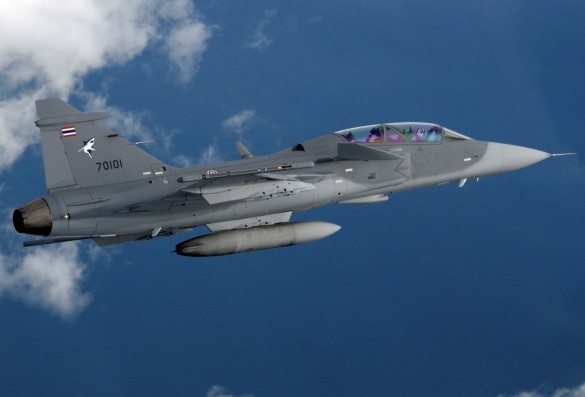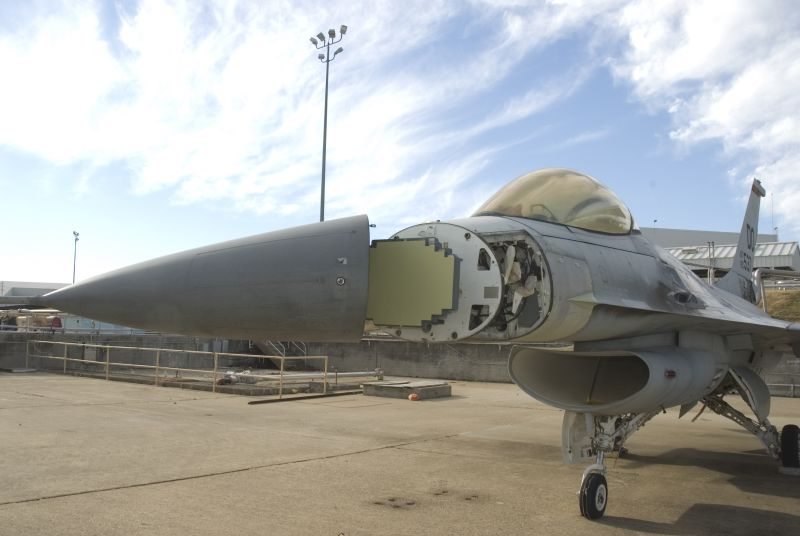The air missions of the Iceland Air Meet 2014 (IAM2014) have been kicked-off in a full scale. Fighters of three different nations fly two to three waves daily in Iceland’s airspace. As the host nation, Iceland has created the training prerequisites required for improving interoperability in exceptional conditions which offer every participating nation something to learn.
Finland participates in the meet with five MLU2-modified F/A-18 Hornet multirole fighters. Sweden has sent to Iceland seven JAS 39 Gripens and Norway operates with four to six F-16 Fighting Falcons. The air missions are planned to be carried out in waves each having up to 12 fighters simultaneously in the airspace of Iceland.
The flight operations are supported by the Army’s two NH90 helicopters, the air-to-air refueling tankers of Sweden, the US Air Force in Europe (USAFE) and the Netherlands, a NATO AWACS platform and helicopters and an airplane of the Icelandic Coast Guard. A total of approximately 20 aircraft is involved in the Iceland Air Meet 2014. Each nation’s transport and liaison flights in the deployment and redeployment phases increase the amount of movements at Keflavik.
Training areas allocated to fighter operations are mainly above the sea, and provide perfect conditions for successful training and meeting of exercise objectives. The areas are large yet in the relative vicinity of the air base.
“Under these circumstances we will get maximum benefit from the time fighters are in the air,” the director of the first rotation of the Finnish Air Force’s detachment Major Tuukka Elonheimo points out. Training performed above the mainland will, in turn, challenge us because of terrain contours.
One objective of the meet is to enhance the training of aircrews and fighter controllers in a combined Nordic environment.
“You can get more out of training when you operate against dissimilar aircraft types,” Major Elonheimo sums up. “We can create more diverse situations in training when aircraft, procedures and tactics are a bit different than ours. This Iceland Air Meet is also of a high value as we can plan and analyze the waves face-to-face with Swedish and Norwegian fellow airmen.”
The Islandic circumstances have subjected aircrews, aircraft and other personnel to show their best competence. During the first flying day wind velocity continuously remained over 40 knots gusting up to even 60 knots.
“We knew that the weather conditions might be severe, and it has come true,” states Major Elonheimo. “Because our training schedule is flexible and we are not dependent on one particular scenario planned in advance, waves can be carried out by changing timetable and adjusting training activities to existing circumstances, as appropriate.”
Preparation Efforts Pay off
The initiation of training missions as scheduled results from the successful execution of the deployment phase. One of the advantages of training in Iceland is specially to gain experience from deployment and redeployment procedures.
“Work at the deployment stage has been done skilfully,” Major Elonheimo sizes up. “Due to a well-prepared and executed deployment phase, we have wasted not a single flying day – on the contrary, we could start training just as planned.”
The exercise has a full strength of 260 persons. The Finnish detachment is composed of two sections of approximately 70 persons, with rotation planned to take place halfway into the exercise. It ensures that as many airmen as possible will have the opportunity to learn lessons on training, and the execution of controlled rotation can be put to test in a real-life environment.
NH90 Helicopters in Quick Reaction Alert
The Army’s NH90 helicopters with their aircrews are involved in the Iceland Air Meet in a significant role in ensuring safety. One NH90 stands in quick reaction alert during every wave of fighter operations.
Helicopters also fly various training sorties on a daily basis both over land and sea. In addition, at the first weekend NH90s provided support to local authorities in a search and rescue task at sea in the north from Reykjavik.











